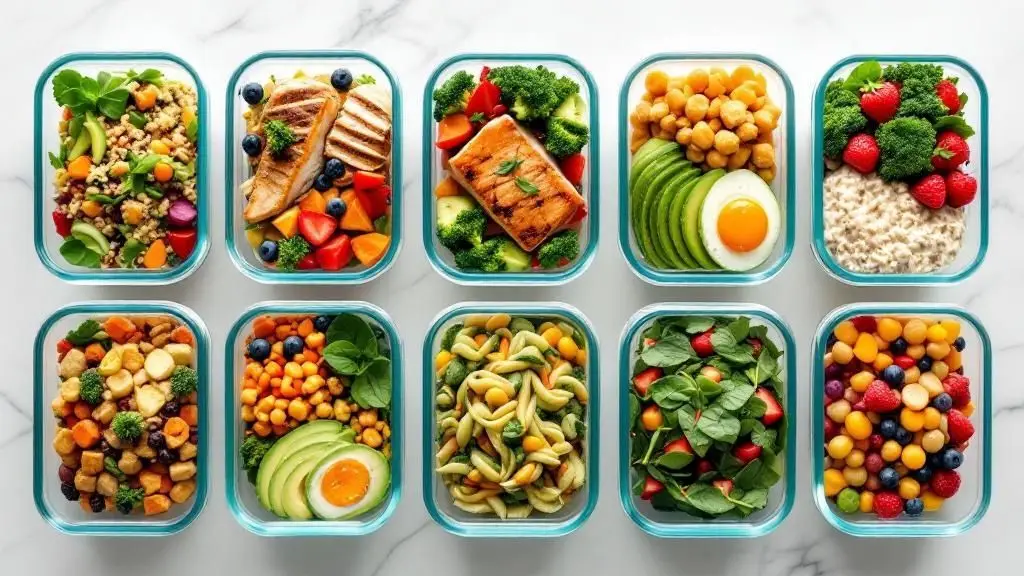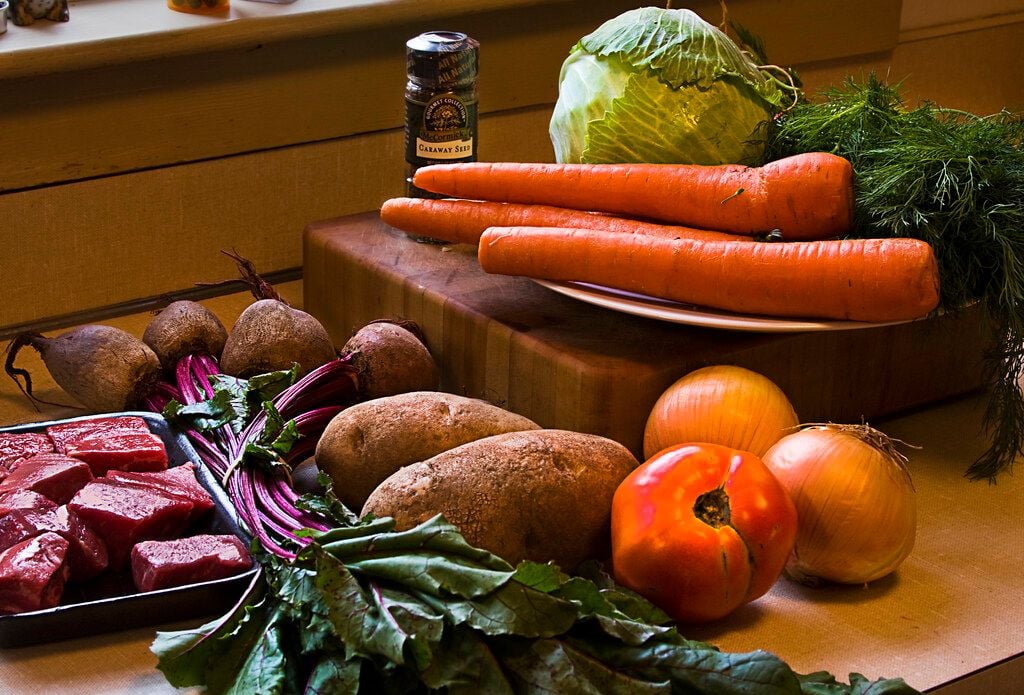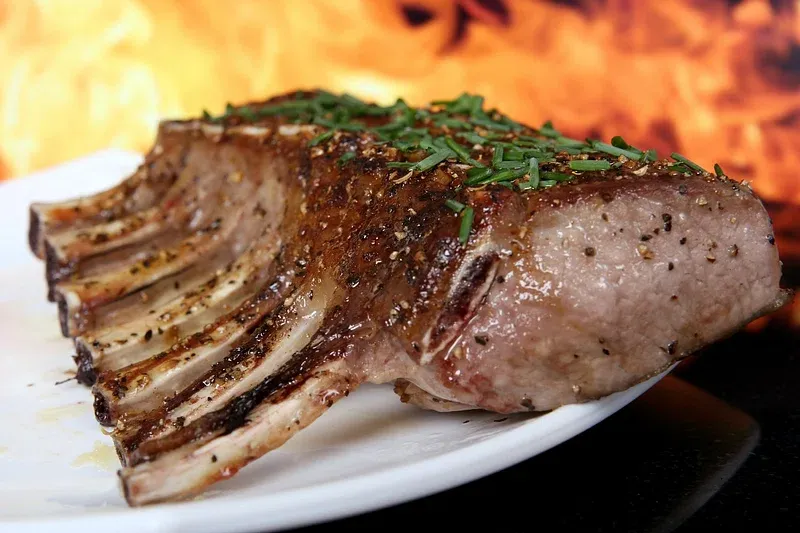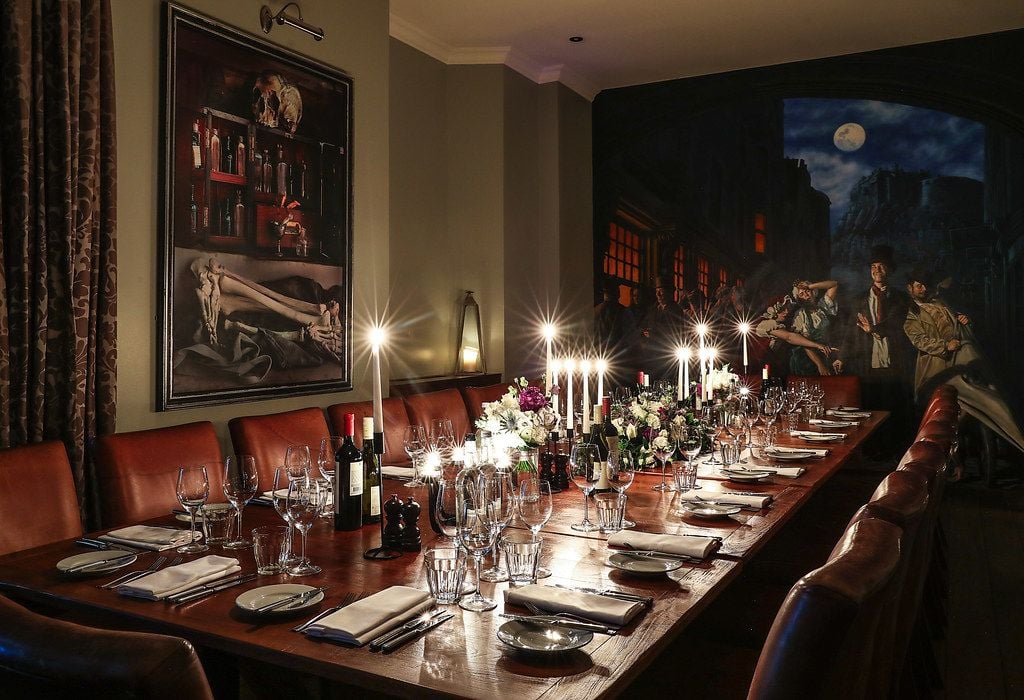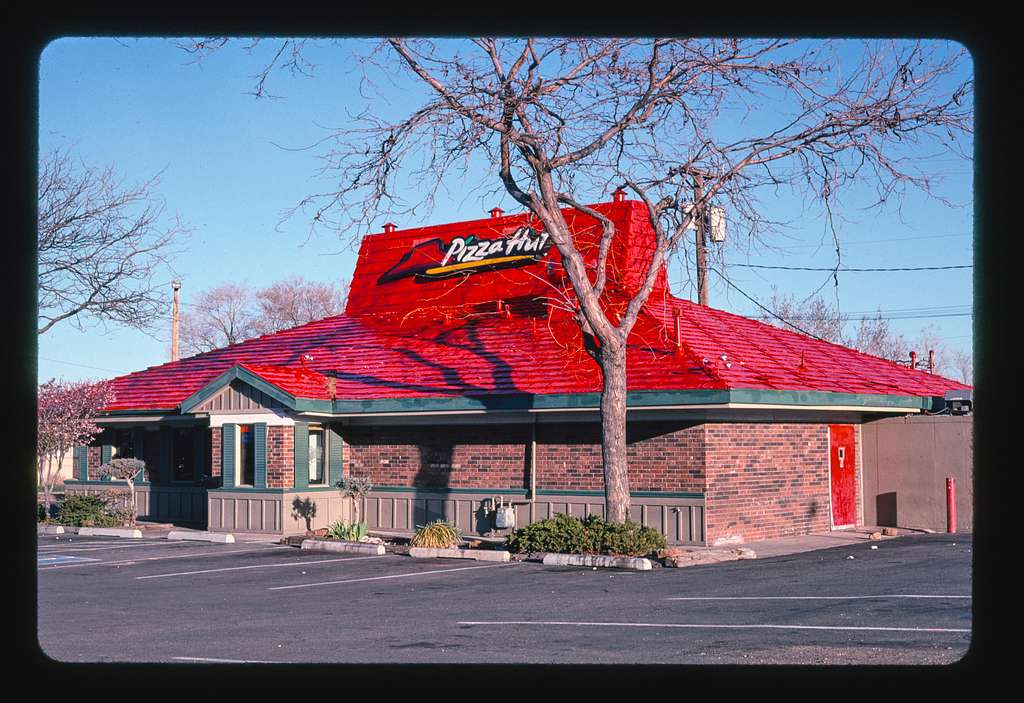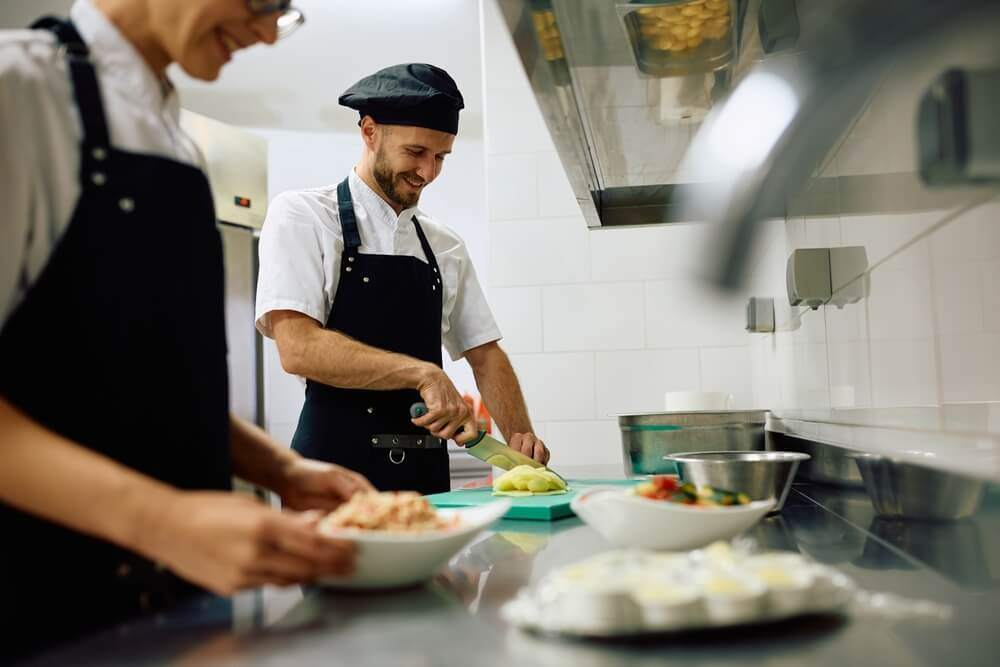
Egg-based Cocktails: A Tradition in Texture and Taste
- Aug 22, 2024
The medicinal origins of cocktails using eggs date back to the thirteenth century when such drinks were consumed for their caloric and nutritional value. Their creamy texture was also appreciated for unifying flavors and masking the taste of potent spirits.
One of the earliest egg cocktail recipes to be recorded was called the Posset. Featured in the royal kitchen reference, 'Curye on Inglysch', from King Richard II’s era, this cocktail comprised eggs, dairy, fortified wine, or ale, and a blend of spices. While it doubled as a remedy and a delight, the Posset is primarily recalled today as a precursor to the festive eggnog.
What keeps egg cocktails in great demand is their unique 'mouthfeel'. Having served at esteemed New York bar venues like Dear Irving and Raines Law Room, I often encountered requests for egg-infused drink preparations. But teaching how to make them wasn't as effortless as I had assumed, and we cracked countless eggs in the process. To spare you a similar struggle, we sourced advice from a selection of cocktail connoisseurs on crafting the perfect egg cocktail.
"Go for the freshest eggs you can get your hands on," advises Tim Herlihy, founder of Lost Irish Whiskey, who spent his youth on an egg farm in Ireland before delving into the world of whiskey. He suggests cracking an egg on a flat surface to minimize the risk of shells in your cocktail mix.
The separation of egg white from yolk is essential. Sarah Ku, a celebrated bartender at New York City’s Porchlight, shares her technique. She shakes the egg to center the yolk, cracks it, then transfers the egg white to an empty tin to preserve the rest of the cocktail mix in case of any egg-related mishaps. Cobbler shaker users should employ a bowl to minimize any shell-related cocktail spoilers. Ku also suggests replacing eggs with aquafaba for vegans or using pasteurized egg whites, though the latter could reduce the frothiness of your fizzes.
Mark Schettler, general manager of Bar Tonique in New Orleans, highlights the importance of four key factors in cocktail mixing: temperature, dilution, combination, and aeration. These can be manipulated to produce specific textures, such as the meringue-like foam on a Ramos Gin Fizz. Dry shaking - a method sans ice that has been used since the 1950s and popularized by New York staple bars like Milk & Honey and Pegu Club - aerates the mix and keeps dilution in check. It came to the rescue when bartenders learned the original 12-minute shake time for a Ramos cocktail.
Schettler further explains that the sequence of these steps impacts your cocktail's surface tension and flavor profile, especially when using complex ingredients like orange flower water in the Ramos or Pisco in a Pisco Sour. Dry shaking last helps create an aroma-locking lid on your cocktail, which is enhanced by a brief stint in the freezer.
For those without a cocktail tin, Pam Wiznitzer, a well-known beverage consultant, recommends the hack of using a protein drink shaker. For big batches, a blender with half the usual ice serves fine.
Once shaken, it's important to "double strain" your cocktail to remove any lingering egg fragments, says Ku. She also suggests rinsing tools in cold water before washing to prevent egg residue buildup.
Egg whites enrich Sours with a creamy texture or crown Fizzes with frothy layers. After a baking spree with spare egg yolks, consider making a Flip, an adventurous mix that sailors of yore relished. This delicious blend of ale, brandy, sugar, and egg evolved from a hot mix stirred with a heated poker to a chill cocktail highlighting egg yolk richness.
Endorsements for egg cocktails range from Herlihy’s top pick, the New York Sour, combining "eggs, whiskey, and New York" to Ku's favorite, a sweet and creamy rum flip that sits perfectly between Coquito and Eggnog. For a seasonal spin on egg cocktails, give Tom & Jerry, a classic of the category, a go.

